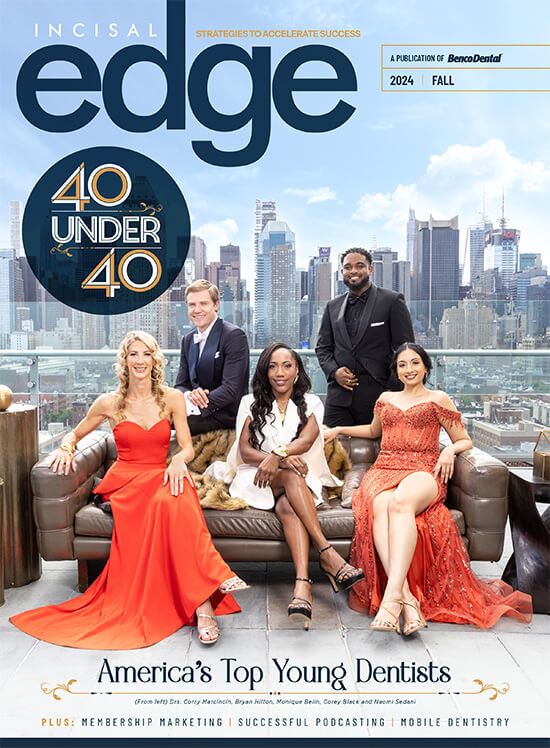Our Design Awards show how investing in your practice can help it to greatness. Now Congressional dysfunction is threatening to get in the way. Let’s do something about it.
THESE DAYS, IT’S A CLICHÉ to call the federal government dysfunctional. In fact, it seems like just about everyone running for president is trying to ride complaints about Washington all the way to the White House. It’s simply a question of what flavor of angst they’re selling. Regardless of your politics, though, here’s one area where almost everyone can agree: The recent turmoil over the Section 179 tax deduction has been confusing, unnecessary and counterproductive for dental businesses both small and large.
Some background: Section 179 is the portion of the U.S. tax code that allows a business to deduct, in the year of purchase, the full expense of an investment in equipment or software, up to a certain limit. Also known as “accelerated depreciation,” Section 179 offers an incentive for small businesses — such as dental offices and laboratories — to invest in their companies’ operations.
Section 179 doesn’t cost the federal government much, because it simply moves the depreciation tax write-off forward. Because the investment limit is little more than a rounding error for Fortune 500 companies, it’s specifically a boon to small businesses. It has been praised by Republicans and Democrats, and Congress routinely renews it by wide margins.
Prior to 2008, the Section 179 deduction was limited to $125,000. Then it was doubled to $250,000 as part of a package of economic stimulus programs enacted to jump-start the economy. In 2010, the limit was doubled again, to $500,000. The problem: These increases were enacted temporarily, along with other short-term economic incentives.
What Congress giveth, Congress can taketh away. In 2014, for some baffling reason, the Section 179 limit dropped to only $25,000, a level not seen since 2002. Nothing happened until a few days before that Christ- mas, when the limit was raised once again to $500,000, retroactive to January 1 — but only for 2014.
Now, as this edition of Incisal Edge heads to press, the Section 179 deduction is back to $25,000 for 2015, making it difficult for small businesses to decide whether to invest.
Dental practices and laboratories are two of the last bastions of small- business growth in the United States. A Section 179 deduction that fluctuates between $25,000 and $500,000 and is subject to the political winds is utterly counterproductive and helps no one.
In this issue, our annual Design Awards, you’ll see lots of examples of how investing in your practice can provide huge dividends. It’s time for the dental community to raise its collective voice in Washington in favor of a consistent, predictable and meaningful Section 179 deduction.
If you want to help us in this cause, or just drop us an note to let us know what you think of this issue, we always love hearing from you.



